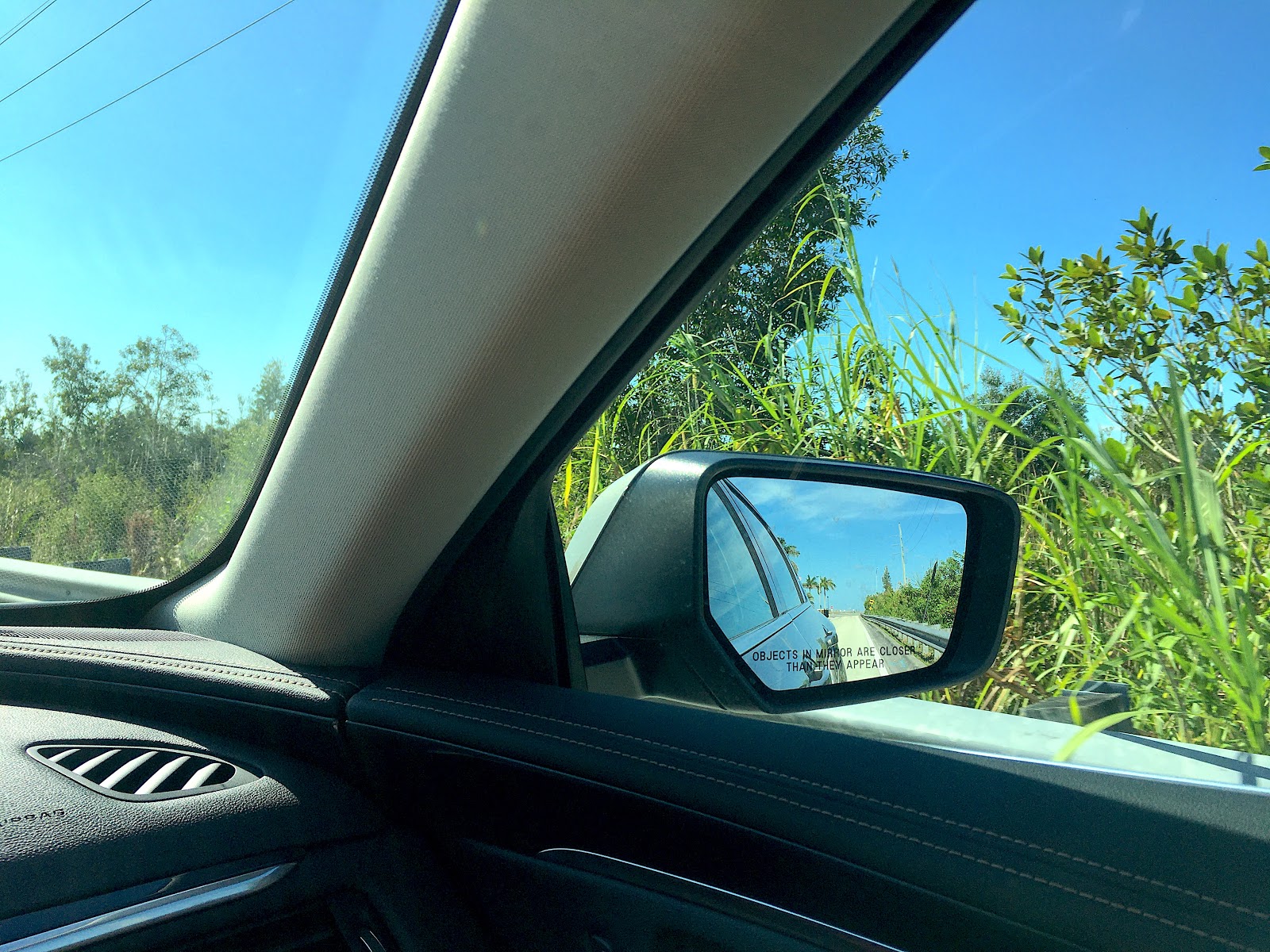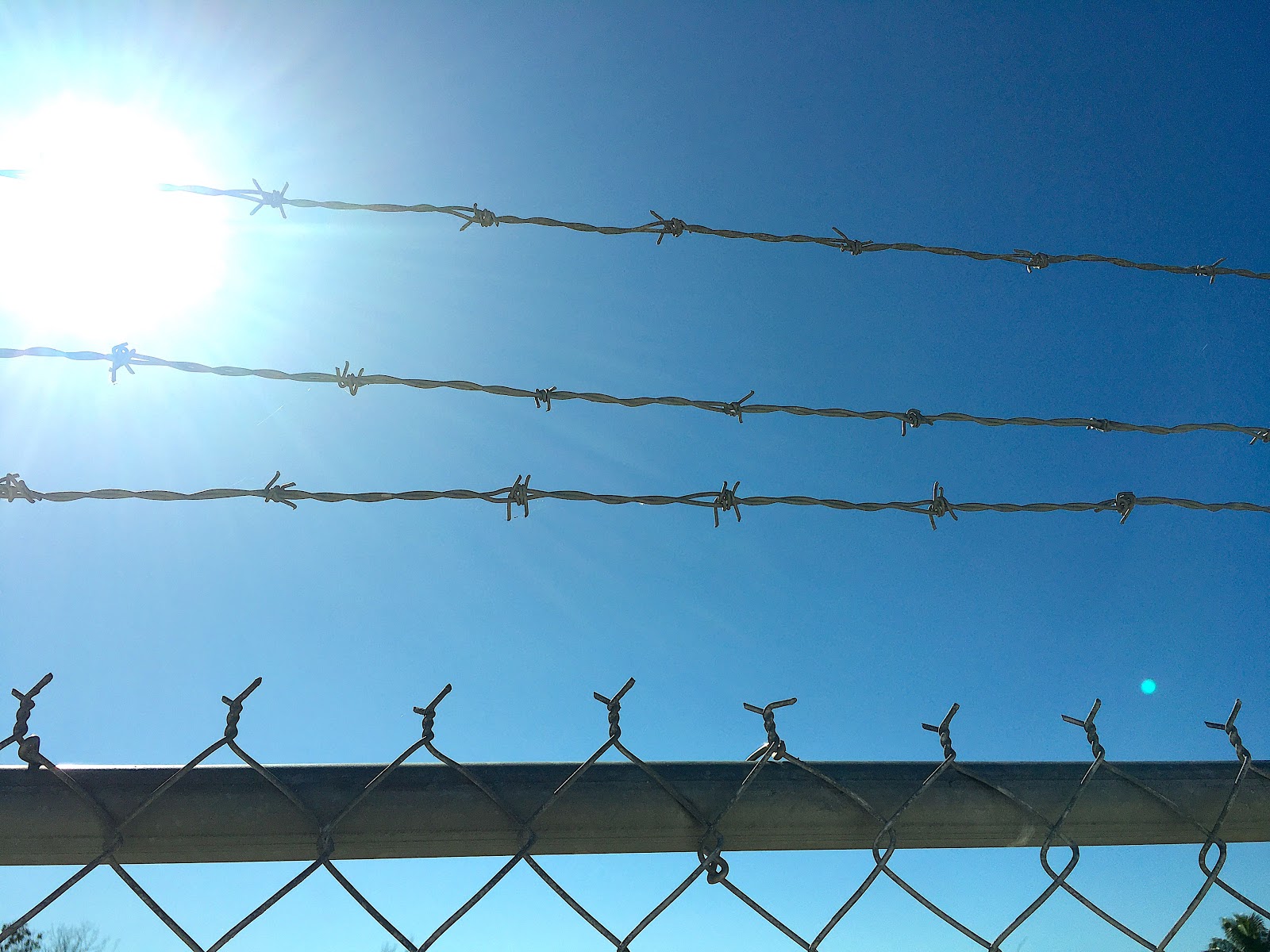Few Floridians encounter Miami-Dade County’s Urban Development Boundary regularly, but from the air, the imaginary north-south line which splits the region is South Florida’s defining feature. The dividing line between the vibrant Everglades and neighboring suburbia is stark. However, it is also flexible. Within narrow guidelines, the Board of County Commissioners has the power to push the UDB back, which developers hope it will exercise in a contentious upcoming vote. Because Miami-Dade is on the front lines in the battle against climate change — Miami Beach already sometimes floods during high tide — its decision about how to balance competing environmental and economic interests will set a national example. The ramifications of prematurely edging the UDB westward as a stop-gap solution to the county’s problems, then, go beyond local environmental damage. Pushing it back would also send a dangerous message that natural resources are only worth protecting when it is convenient to protect them.
The passenger seat provides a view of Everglades National Park from the Tamiami Trail, less than ten minutes west of the UDB.

The passenger seat provides a view of Everglades National Park from the Tamiami Trail, less than ten minutes west of the UDB.
Drawing the Line
Since 1975, the UDB has contained Miami-Dade’s urban sprawl in order to protect wildlife, promote habitat restoration, and support aquifer recharge in the wetlands, which provide eight million people’s water supply. Every seven years, the boundary undergoes major review, with the next one scheduled for 2020. The fact that only one-quarter of the county’s commercially valuable land is developed thus far, with most of the rest lying beyond an agricultural buffer comprising large swaths of Everglades National Park and expansive conservation areas, makes the restriction’s success clear.
Yet the UDB is widely understood to be temporary in its current form. Urban Expansion Areas, established in the 1990s, designate currently protected areas earmarked for potential future inclusion inside the UDB. Even when experts recommended changing the status of some Urban Expansion Areas in 2013, the Board of County Commissioners opted to ignore them because pre-existing real estate transactions had appraised the land in question based on its special designation. The regular review processes, which occur every three years, provide further chances to redraw the boundary. As such, in 2017, County Mayor Carlos Giménez formed a task force, including experts, conservationists, developers, local residents (including local Miccosukee representatives), and farmers, to recommend Miami-Dade County Commission guidelines for decisions about UDB adjustments.

A private road leads into Everglades National Park beyond a gate separating the Park from the highway shoulder, less than ten minutes west of the UDB.
The proposal at the center of the upcoming vote — which could expand development into agricultural buffer zones west of Kendall, likely reinvigorating debates over extending the Dolphin Expressway 13 miles into and beyond the same protected area — was presented by a rogue association of builders once on that task force. Three months after the task force recommended against expansion into Urban Expansion Areas, suggesting that the county’s housing crisis could be addressed in the urban core and that traffic congestion could be eased by investment in public transit, the builders abruptly dissented. They also pushed for more than double the land originally considered to be opened to development.
Admittedly, the builders’ insistence on an urgent need to create more affordable housing countywide and ease traffic for the Kendall commuters, who compose 70 percent of the county’s workforce, holds water. Their motivations go beyond eagerness to buy up comparatively cheap land near the UDB. With local rent regulation illegal in Florida and Miami-Dade’s properties frequently snagged by foreign millionaires, the county’s low- and middle-income communities suffer acutely from the national housing crisis. Major delays in permit processing exacerbate the problem, driving up costs for developers, which they pass on to tenants to the tune of $500 a year. And as for road conditions, in 2017, INRIX declared Miami’s traffic the fifth worst in the nation. Fury over time lost bumper-to-bumper has prompted heated debates around public transit expansion for well over a decade. According to Maria Lievano-Cruz, a lawyer for the builders, the task force’s plans to tackle these issues are not actionable enough to create meaningful solutions.

A padlock secures an unmarked gate separating the Everglades from the highway shoulder, less than ten minutes west of the UDB.
Climate as the Imperative Priority
If there is any path to addressing these problems that does not involve jeopardizing the fragile Everglades, however, the Board of County Commissioners should take it. Climate change puts the globe more precariously on the brink of disaster than ever. 40 billion tons of Greenland’s ice melted this summer, contributing to the sea level rise that conservative estimates predict will reach five feet — one foot above Miami’s elevation — by 2100. Moreover, climate change makes the hurricanes which reliably pound South Florida more intense, further increasing flood risk. Warmer climates also thaw permafrost, which releases copious heat-trapping greenhouse gases into the atmosphere, forming a vicious cycle of rising temperatures. Humans are no help: Despite urgent warnings and grave consequences, China and the United States, who lead the international community in emissions, increased their emission rates last year, according to a November United Nations report. The situation is dire, and demands immediate attention.
In addition to all its other environmental and cultural benefits, conservation work in the Everglades directly combats sea level rise. If the Commissioners do not prioritize that work, their chambers might soon be underwater.

Barbed wire hangs above a chain-link fence separating the Everglades from the highway shoulder, less than ten minutes west of the UDB.
Alternative Solutions
There are other answers to both housing shortages and traffic build-ups besides pushing the UDB back. To address the real estate crisis, studies recommend taller buildings with smaller bedrooms, built with more efficient strategies to decrease costs shifted to tenants. Potential policy solutions include incentivizing developers by fast-tracking permits for affordable housing, raising money for construction and subsidized rent with a vacancy tax — which experts predict could raise $98 million from the county’s 31,000 empty homes — and many other innovative strategies in place around the United States and Canada.
In terms of traffic, contrary to the Miami-Dade Expressway Authority’s concerted marketing, extending the Dolphin Expressway would probably fail to resolve Kendall’s congestion woes. Numerous studies suggest that expanding the roadway’s capacity will only produce increased traffic, while potentially breeding tension in the local community between commuters and Miccosukee leaders with whom the agency failed to consult about the project.
According to the Tropical Audubon Society, only augmenting public transit can ease congestion. The county’s high potential for Metrorail extensions, supported by the tiny system’s robust ridership and fervent public interest, would be undercut by the Dolphin Expressway project swallowing huge portions of Expressway Authority funding.

The Tamiami Trail, a continuation of Miami-Dade County’s SW 8th Street, stretches west from the Kendall area for miles with Everglades National Park directly to the South. Developers are currently seeking to build in protected areas west of Kendall, which could change this landscape dramatically.
The Tamiami Trail, a continuation of Miami-Dade County’s SW 8th Street, stretches west from the Kendall area for miles with Everglades National Park directly to the South. Developers are currently seeking to build in protected areas west of Kendall, which could change this landscape dramatically.
Even for non-Floridians, the UDB vote will be critical, shaping perceptions of the urgency of climate change and how important a factor it should be in the development of public policy. It might reveal the imaginative capacity of experts and elected officials to solve major problems without further endangering our planet. Or, it might reveal the lengths to which they are willing to go — the levels of climate crisis they are willing to ignore — to serve the interests of developers by accepting their proposals without question.
Once, the Everglades covered all of South Florida. Now, Miami-Dade risks threatening what little remains. The Board of County Commissioners must recognize that moving the line between urban development and environment outwards might mean irreversibly crossing a line towards climate disaster.
Image Credits: Chloe Levine
